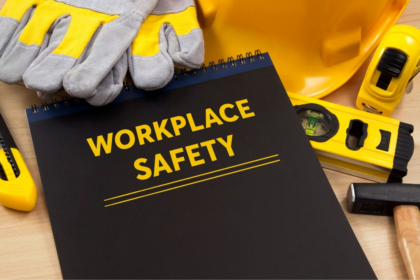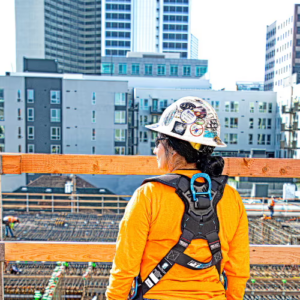Impact of Remote Work on Employee Health and Safety: Navigating Ergonomic Challenges and Mental Health Issues. The shift to remote work, accelerated by the COVID-19 pandemic, has brought significant changes to the way we work. While the flexibility of working from home offers numerous benefits, it also presents unique challenges to employee health and safety. As remote work becomes a permanent fixture in many industries, understanding and addressing these challenges is crucial.
Ergonomic Challenges in Home Offices
One of the most pressing issues arising from prolonged remote work is the ergonomic challenges associated with home office setups. Unlike traditional office environments, home offices often lack the necessary ergonomic furniture and equipment, leading to an increase in musculoskeletal disorders (MSDs). Common problems include back pain, neck strain, and repetitive stress injuries, which can significantly impact an employee’s productivity and overall well-being.
Dr. Sarah Thompson, an ergonomics specialist, emphasizes the importance of proper workstation setup. “Many remote workers are using makeshift workspaces that are not ergonomically optimized. Simple adjustments, such as using a proper chair, positioning the computer screen at eye level, and taking regular breaks to stretch, can make a substantial difference.”
Companies are starting to recognize the importance of supporting their remote employees in creating ergonomic workspaces. Some are offering stipends for home office equipment or providing virtual consultations with ergonomics experts. These initiatives can help mitigate the physical strain associated with remote work.
Mental Health Issues
In addition to physical health concerns, remote work has also highlighted significant mental health challenges. The isolation and lack of social interaction can lead to feelings of loneliness, anxiety, and depression. The blurring of boundaries between work and personal life can result in burnout, as employees struggle to “switch off” and separate their professional responsibilities from their personal time.
A recent survey by the American Psychological Association found that nearly two-thirds of remote workers reported feeling isolated or lonely, and over half experienced increased stress levels. Mental health experts suggest that maintaining a routine, setting clear work boundaries, and staying connected with colleagues through regular virtual check-ins can help alleviate some of these issues.
Best Practices for Maintaining Health and Safety Standards
To address these challenges, both employers and employees must adopt best practices to maintain health and safety standards in remote work environments. Here are some key strategies:
- Ergonomic Assessments: Employers can offer virtual ergonomic assessments to help employees optimize their home office setups. Providing guidelines on proper desk height, chair support, and monitor placement can reduce the risk of MSDs.
- Mental Health Support: Access to mental health resources, such as counseling services and wellness programs, is crucial. Employers should promote these resources and encourage employees to take advantage of them.
- Regular Breaks and Physical Activity: Encouraging employees to take regular breaks and incorporate physical activity into their day can help prevent physical and mental fatigue. Simple exercises, stretching, and short walks can make a significant difference.
- Clear Communication: Establishing clear communication channels and expectations can help reduce stress and ensure employees feel supported. Regular check-ins and team meetings can foster a sense of connection and collaboration.
- Work-Life Balance: Promoting a healthy work-life balance by encouraging employees to set boundaries and take time off when needed is essential for preventing burnout.
Conclusion
The transition to remote work has undoubtedly transformed the modern workplace, bringing both opportunities and challenges. By prioritizing ergonomic health and mental well-being, employers can create a supportive environment that ensures the long-term health and safety of their remote workforce. As we navigate this new landscape, it is essential to continue evolving our practices and policies to meet the needs of remote employees effectively.














